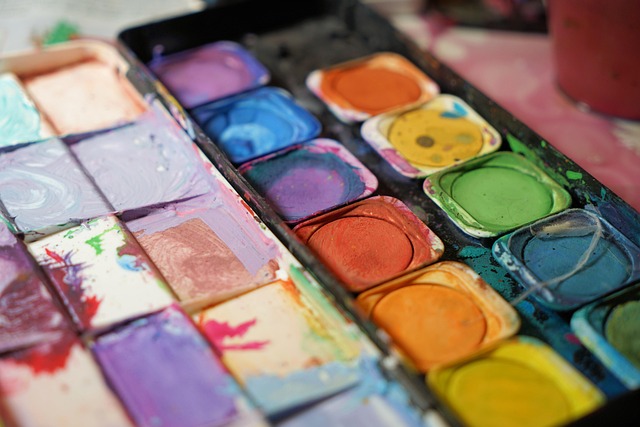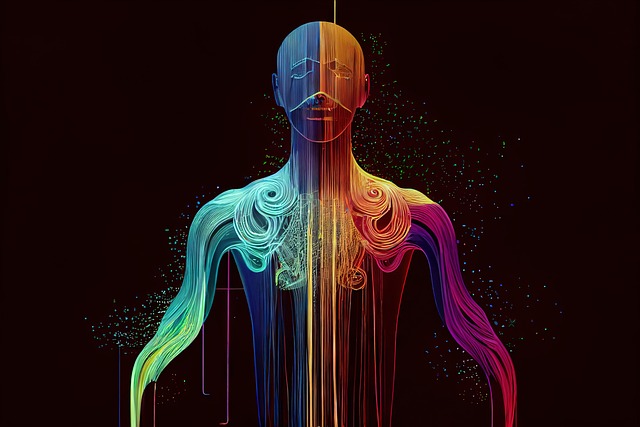The Art of Design: Unleashing the Visual Designer in You
In a world where first impressions matter more than ever, the role of a visual designer transcends mere aesthetics; it’s about conveying messages, emotions, and ideas through powerful imagery and design. The art of design is a captivating journey, one that invites you to explore your creativity and challenge your perspective on how visual elements can tell stories and evoke feelings.
The Essence of Art in Design
Art is not just about what we see; it’s about what we feel. It’s the intangible essence of creativity that allows us to connect with audiences on a deeper level. As a visual designer, harnessing this essence is crucial. The colors, shapes, and textures you use can transform a simple message into a compelling narrative. Think of a vibrant red that conveys passion or a serene blue that evokes calmness. Understanding the emotional resonance of your choices is fundamental in crafting designs that truly engage viewers.
Designing with Purpose
Every design should tell a story. As a visual designer, your task is to ensure that each element serves a purpose, whether it’s guiding the viewer’s eye, sparking curiosity, or instilling a sense of trust in a brand. This purposeful approach separates good designs from great ones. It’s not simply about making things look pretty; it’s about working intentionally to connect with your audience, enhance user experience, and communicate effectively.
Unleashing Your Creativity
Creativity is the lifeblood of a visual designer. To unleash your creativity, embrace experimentation. Don’t be afraid to step outside conventional boundaries and explore different styles, techniques, and mediums. Attend art workshops, collaborate with others, or immerse yourself in diverse art forms—music, photography, or even theater. These experiences will inspire you and expand your design vocabulary, allowing you to bring fresh perspectives into your work.
The Importance of Inspiration
Inspiration is everywhere. From the streets around you to the pages of your favorite art books, letting your eyes wander can lead to profound insights. Create a mood board with clippings, photographs, and sketches that inspire you. This simple act can ignite your imagination and serve as a wellspring of ideas when you’re facing creative blocks. Remember, every visual designer has moments of doubt, but drawing from your surroundings can rekindle that creative spark.
Tools of the Trade
In the digital age, having the right tools enhances your capabilities as a visual designer. Familiarize yourself with design software like Adobe Creative Suite or open-source alternatives like GIMP and Inkscape. However, don’t overlook traditional mediums. Sketchpads, watercolor, and ink can sometimes bring about a sense of freedom that digital tools can constrain. The combination of technology and traditional methods can lead to truly unique and personal designs.
The Visual Designer’s Impact
Ultimately, the power of a visual designer lies in the ability to influence thoughts and feelings through imagery. Your work has the potential to inspire change, challenge perceptions, and create connections. So embrace the art of design, be bold in your expressions, and remember that every piece is a reflection of who you are as a creator. Whether you’re promoting a brand, advocating for a cause, or crafting an art piece, your designs can leave a lasting impact on those who encounter them.




